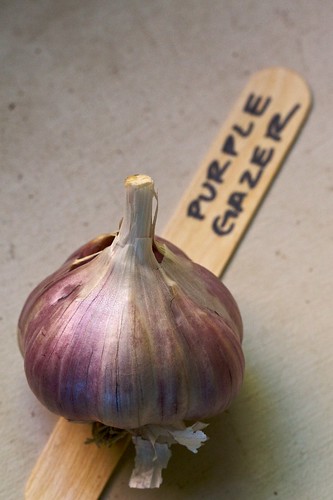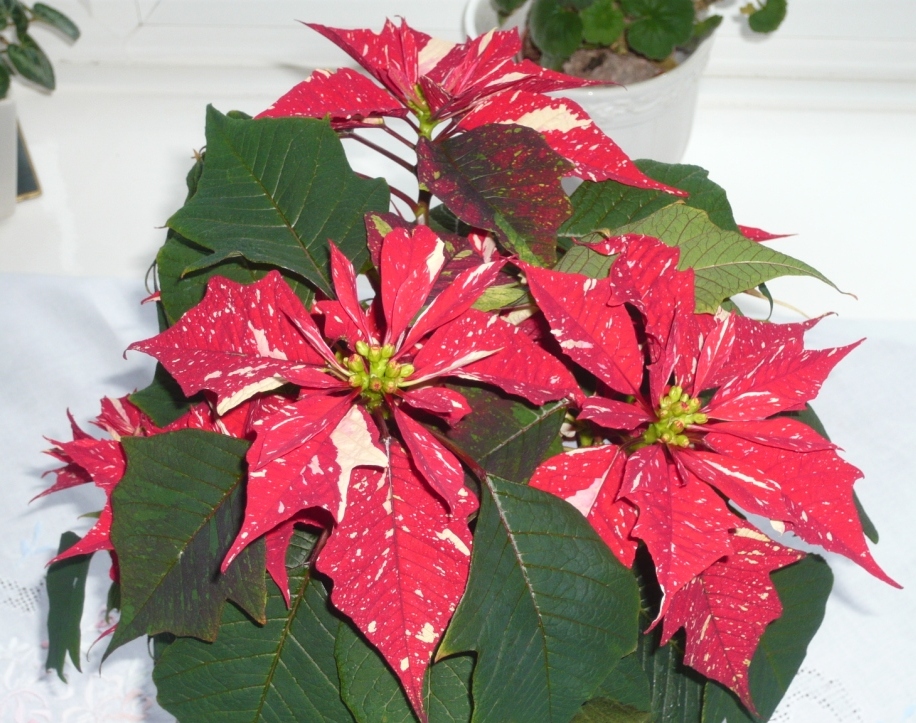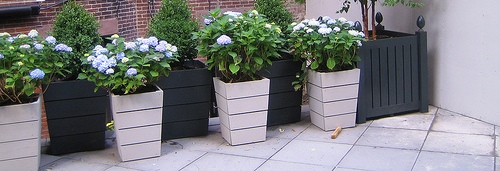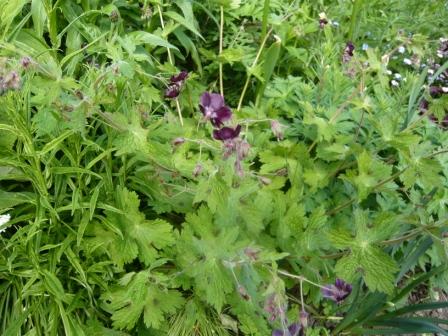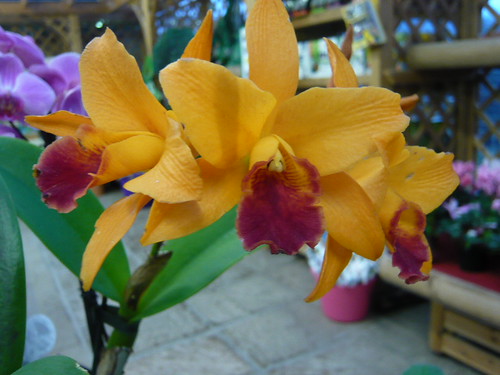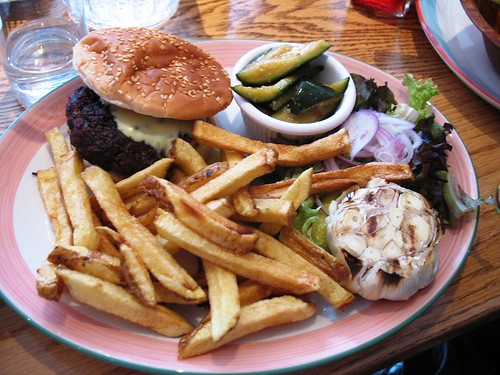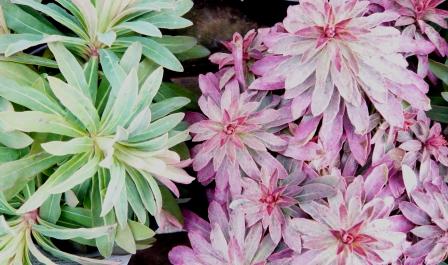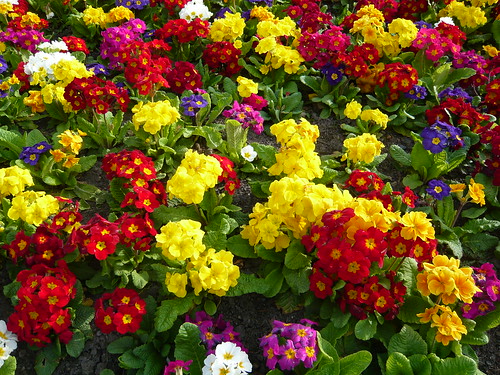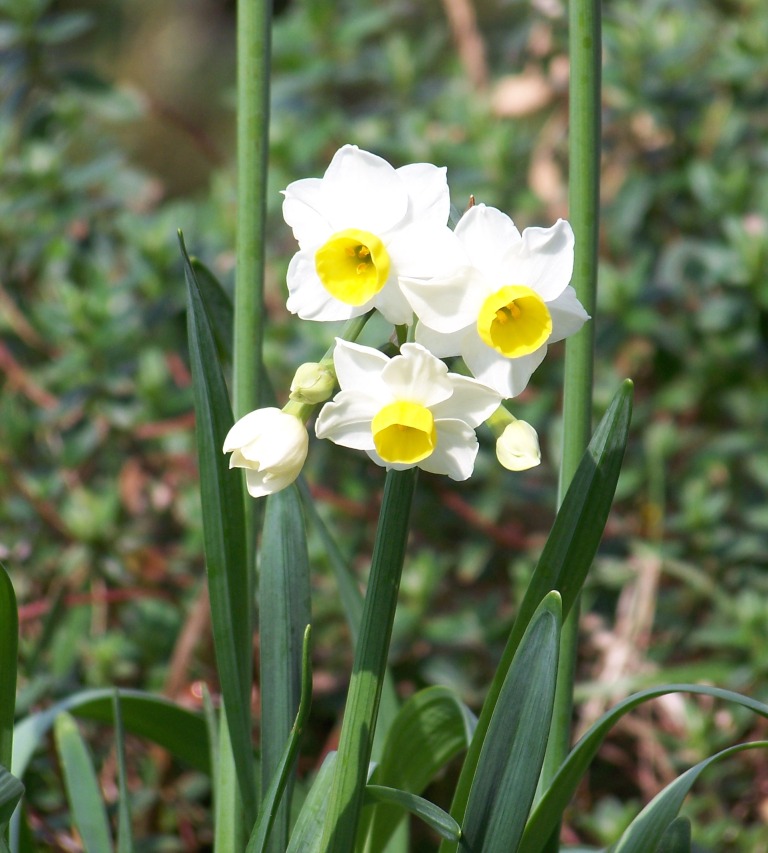Top 10 Garlic Varieties
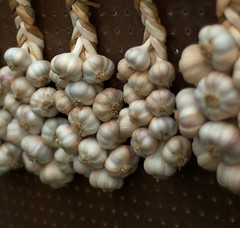
Garlic is increasing in popularity in the UK and a wide selection of varieties are now available. They grow well under glass or poly tunnel but also produce worthwhile crops in most sunny gardens and allotments.
Top Ten Varieties for the UK
- Solent Wight – a heavy cropper with large cloves
- Albigensian Wight – spring or autumn planting good keeper
- Purple Wight a ‘hard neck’ best used fresh as it is a poor storer
- Long Keeper large white bulbs to harvest in July from autumn planting.
- Early Wight another ‘hard neck variety’ with AGM in purple variety
- Luatrec Wight fat pink cloves with white outer skin and a good keeper.
- White Pearl autumn planted will store reasonalble well.
- Pink Lady a pink skinned bulbs and gloves that can be eaten raw.
- Germidore softneck variety that is well adapted to British conditions. Produces large, white bulbs with a mild but rich flavour.
- Chesnok Red a hardneck variety from Georgia with attractive purple striping and a lovely, full-bodied flavour. Lovely choice for baking as it has a lovely creamy texture. Great for garlic bread!

Elephant Garlic would be in many best top ten lists but is closely related to the Leek side of the allium family  see Gardeners tips
To buy a selection of Garlic at Thompson & Morgan
Credits
Planting Garlic by Chiot’s Run CC BY-NC 2.0
Garlic by mrwalker CC BY-NC-SA 2.0
‘It’s that time of the year to plant garlic. I’ve read that you should plant it around fall equinox, which I missed by about a month. I received my planting garlic the day before we left on vacation and just planted it on Sunday. I ordered 2 garlic samplers from Gourmet Garlic Gardens again this year. Each year I’ve grown garlic, I’ve tried a few different method for planting. I’m hoping this year I’ll finally be able to grow nice big heads of garlic. Mine usually end up being small, but they’re still quite tasty. I chose a free-draining area of the front garden and amended the soil heavily with compost.
For specific varieties planted and planting directions from another site visit:Â chiotsrun.com/2010/10/28/planting-garlic/’
For more information read Tricks to get great garlic
